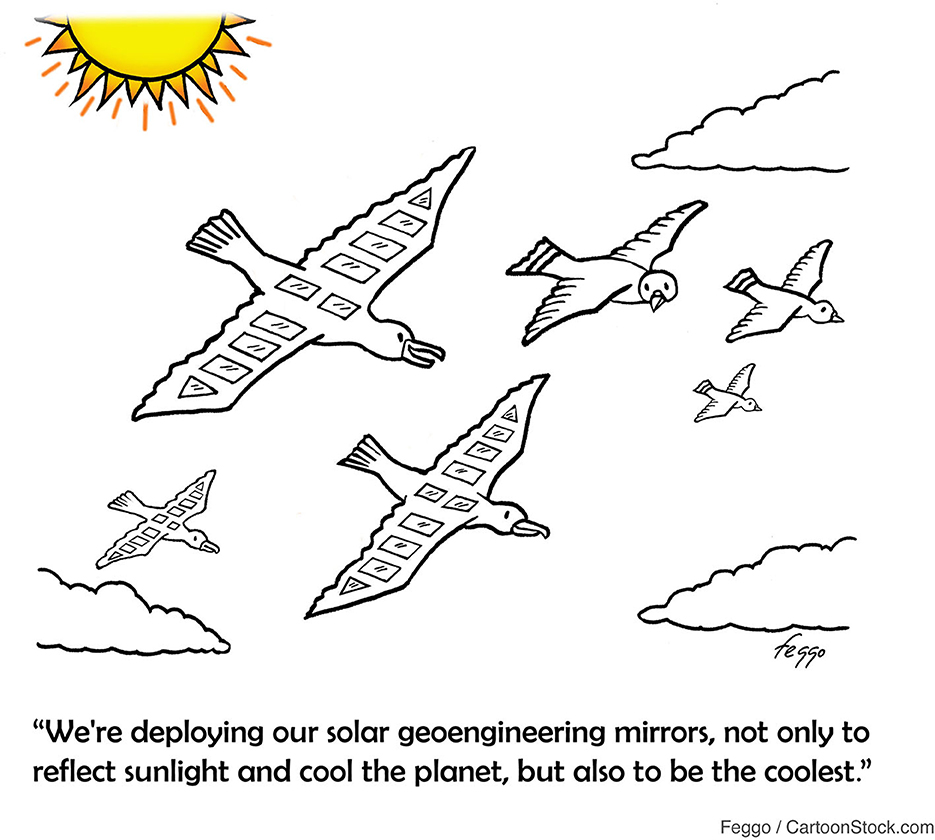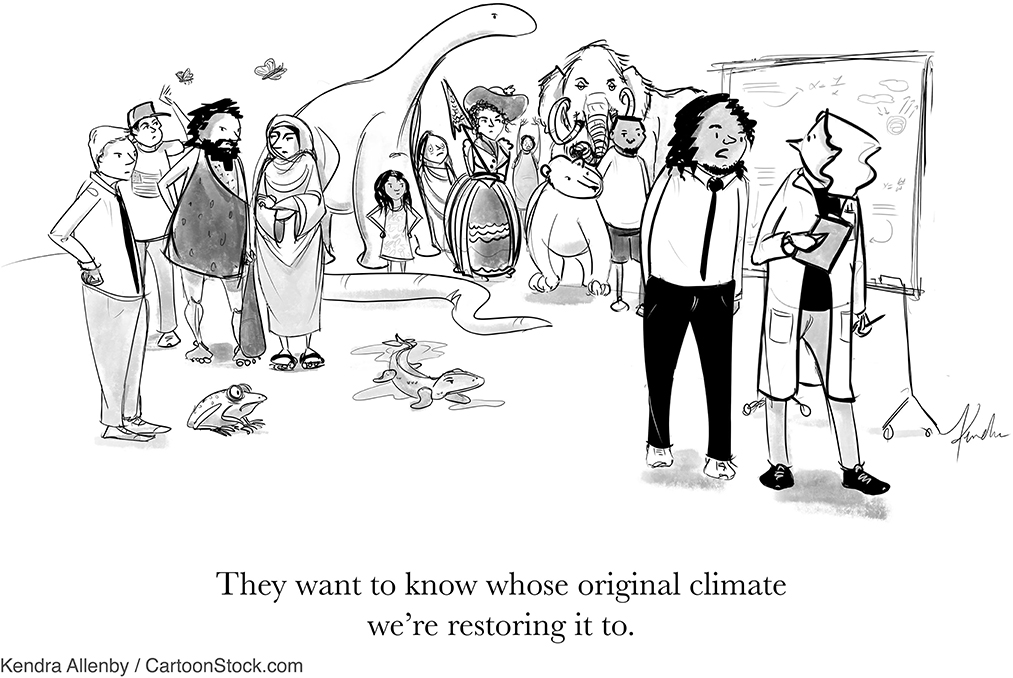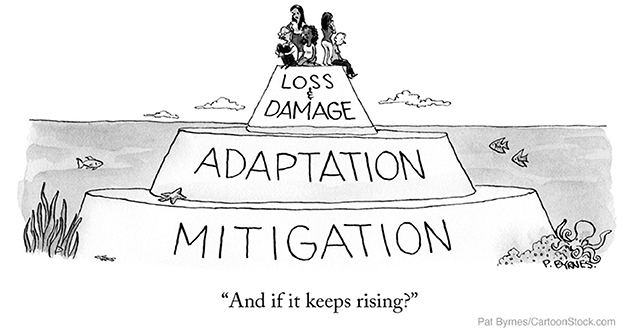
94% of researchers rate our articles as excellent or good
Learn more about the work of our research integrity team to safeguard the quality of each article we publish.
Find out more
EDITORIAL article
Front. Clim., 20 June 2023
Sec. Climate Risk Management
Volume 5 - 2023 | https://doi.org/10.3389/fclim.2023.1206130
This article is part of the Research TopicSolar Geoengineering in the Horizon: Humanitarian DimensionsView all 5 articles
Editorial on the Research Topic
Solar geoengineering in the horizon: humanitarian dimensions
Should humanitarians, with hearts so pure,
Turn to solar geoengineering, a remedy unsure?
A risky path, a choice profound,
As nature's forces loom around.
A moral dilemma, fraught with strife,
In a world beset by climate's knife.
-ChatGPT, 2023
Climate change is already making humanitarian work harder, less predictable, and more complex (IFRC., 2018; Baxter et al., 2022). There is a duplicity between the growing humanitarian impact on the world's most vulnerable, and the leisurely pace and ambition of mitigation and adaptation committed to date (United Nations Environment Programme., 2022). In this context, conversations about what role, if any, solar geoengineering1 might play in either ameliorating or exacerbating climate impacts of the world's most vulnerable have come to the fore. For example, the US National Academies of Science, Engineering and Medicine recently called for $200 M in federal funding for research, including on the social and ethical dimensions (National Academies of Sciences Engineering Medicine., 2021). Yet the debate is fraught with competing justice narratives. On the one hand, staunch opponents are calling for a non-use agreement (Biermann et al., 2022), which would, for example, ban all outdoor experimentation and public funding, and even shut down technological assessment within the Intergovernmental Panel on Climate Change (Biermann et al., 2022, p. 5). On the other hand, some supportive of research frame solar geoengineering as an “obligation to the global poor” due to its potential to possibly ameliorate the worst climate impacts while we continue to mitigate and adapt (Horton and Keith, 2016). The discussion was further complicated by a rogue private actor, Make Sunsets, which conducted small-scale outdoor deployment in Mexico in the absence of any community engagement nor scientific scrutiny or credentials (see Figure 1), an unthinkable prospect to many even a few years ago (Temple, 2022). In justifying their actions, Make Sunsets co-opted the humanitarian narrative, claiming “people [are] needlessly dying” and that they have a “moral obligation” to do this (Reynolds and Irvine, 2023, Episode 27). Notably, it successfully sold “cooling credits” to willing buyers (Temple, 2022). This for-profit deployment has been condemned by those at both ends of this debate and everywhere in between.

Figure 1. Deliberate attempts at intervening in the global climate are already taking place, with a diverse range of motivations.
Despite these complex debates, one thing is clear: solar geoengineering, either its deployment or lack thereof, will have important consequences for the most vulnerable people and, by extension humanitarian needs (Suarez and van Aalst, 2017). This necessitates that humanitarians must enter the conversation. Despite some concerns that humanitarian framings of solar geoengineering too strongly privilege voices from the Global North (Stephens and Surprise, 2020), humanitarians are not a monolith, and neither are the most vulnerable people. More nuance is needed in the conversation about the humanitarian implications of solar geoengineering.
This Research Topic adds some nuance to the conversation by bringing together a range of articles that touch on its humanitarian implications, including related to modes of stakeholder engagement, peacebuilding, and learning lessons from the COVID-19 pandemic. These voices chart new territory between the competing justice narratives, inviting us to rethink the humanitarian narrative and help prevent its co-optation.
The article “Environmental Peacebuilding and Solar Geoengineering” by Buck argues that the fields of governance and international relations have viewed solar geoengineering as an approach that could exacerbate conflict, and not through the framework of environmental peacebuilding. Examining how and when environmental challenges can lead to cooperation rather than conflict, the paper concludes with suggestions for how to incorporate environmental peacebuilding aims into solar geoengineering work.
The article “Different types of drought under climate change or geoengineering” by Coughlan de Perez et al. reviews the literature and carries out new modeling to assess potential solar geoengineering implications as seen from two ways of understanding drought: “rainfall only” vs. “potential evapotranspiration.” With a focus on Africa, model results show that solar geoengineering deployment would have differential impacts across regions and sectors. For example, rainfed agriculture in southern Africa could see increased water availability under solar geoengineering, whereas reservoir managers in the Sahel and rainfed farmers in East Africa could see drought problems exacerbated by geoengineering. Disagreements as to whether, how, and how much solar geoengineering should be pursued in the future should be expected.
It is not possible to bring back conditions to a pre-existing climate embraced by all (see Figure 2). Tensions are inevitable, given that there will be winners and losers emerging from different choices. Thus, inclusive stakeholder dialogue is needed to understand and justify choices.

Figure 2. Solar geoengineering will not be able to restore the global climate to past rainfall and temperature conditions. Tensions about choices would emerge even if technology offered perfectly controllable options.
The discourse on engaging stakeholders (see Figure 3) on solar geoengineering research was elevated following the Sámi Council's successful objection to the initial test flight of Harvard University's SCoPEx geoengineering research proposal. Planned for 2021 in Sweden, the proposed outdoor experiment was halted in part due to a lack of consultation with local communities. The independent SCoPEx Advisory Committee has since drafted guidelines for the SCoPEx research team to follow for community engagement if they choose to launch the project in future, and/or to serve as a model for any other future outdoor experiments conducted by other researchers (SCoPEx Advisory Committee, 2021).

Figure 3. Stakeholder engagement is crucial for shaping solar geoengineering decisions with appropriate attention to humanitarian dimensions. Much remains to be done for successful design and implementation of participatory processes.
Oksanen's article, “Dimming the midnight sun? Implication of the Sámi Council's intervention against the SCoPEx project,” highlights the insufficient consultation in the SCoPEx planning process of its test flight on Sámi homeland, and the Sámi Council's alliance with environmental civil society groups opposed to geoengineering. Oksanen argues that this coalition is premised on an opposition between nature-based solutions on the one hand, and solar geoengineering as a tool to enable the persistence of extractive capitalism on the other. They further argue that this case cements indigenous communities as important stakeholders in solar geoengineering debates.
In, “Top Lesson from COVID for Solar Geoengineering: Anticipatory Research is Needed,” Jinnah and Long explore lessons from anticipatory vaccine research to argue that anticipatory research is also critical for solar geoengineering. They argue that increased knowledge is critical for public confidence in any future decisions surrounding solar geoengineering—to either push it forward or to reject it (see Figure 4). Centrally, they argue that any anticipatory solar geoengineering research program must prioritize public safety, balance scientific goals with social concerns, ensure clear and transparent communication, and prohibit private interests from capturing decision making for profit.

Figure 4. COVID has highlighted that solar geoengineering researchers must learn to balance scientific goals with social concerns - even if they don't fully understand or value them.
The current state of affairs yields a world in which mitigation is not happening fast enough, adaptation does not go far enough, and Loss and Damage mechanisms are nascent at best (see Figure 5). This is a recipe for human suffering. At the same time, the pace of conversation on solar geoengineering has accelerated. Should humanitarians embrace solar geoengineering offerings as an imperfect, but possibly a better option than the consequences of not mitigating and adapting fast enough?

Figure 5. Given the likely trajectory of our changing climate, humanitarians must anticipate, address and engage with the likely consequences of solar geoengineering decisions.
Until the humanitarian dimensions of solar geoengineering are fully explored, it is difficult to say, and there are many more dimensions to examine. This includes risk mitigation strategies, risk communication, humanitarian dimensions of equity and inclusion, security considerations, and shaping solar geoengineering governance to include perspectives of those most vulnerable and their potential disproportionate impacts.
Still to explore is the nuanced humanitarian ethical dilemma regarding whose views count as important, or which impacts are severe enough to trigger the usage of solar geoengineering, and what our choices say explicitly or implicitly about the answers to these questions. Similarly, and somewhat conversely, there is an ethical dimension to explore about the invocation of the most vulnerable as the justification for deploying solar geoengineering or not.
There are also questions of how humanitarians should or should not engage in this space while adhering to humanitarian principles. Humanitarians rely not only on their principles in general but the grounding in humanity in particular. We recognize that it is unrealistic to expect non-contentious dialogue on an issue that has existential ramifications, yet the polarization of humanitarian dimensions makes it more complex for humanitarians to navigate.
These start to scratch the surface of questions that the humanitarian community has to confront given the prospects of human suffering and changing risks under a human-made sky.
PS curated cartoons. All authors contributed to the manuscript conceptualization, drafting, and revision.
The support from OSF to the Climate Centre was not through a numbered grant but through a (number-less) service agreement.
We acknowledge the Norwegian Red Cross for providing funding for Pablo Suarez, Roop Singh, and Julie Arrighi to edit this Research Topic and the Open Society Foundation for support in the co-creation of the featured geoengineering cartoons by artists Kendra Allenby, Pat Byrnes, Felipe “Feggo” Galindo, and Rebeka Ryvola.
The authors declare that the research was conducted in the absence of any commercial or financial relationships that could be construed as a potential conflict of interest.
All claims expressed in this article are solely those of the authors and do not necessarily represent those of their affiliated organizations, or those of the publisher, the editors and the reviewers. Any product that may be evaluated in this article, or claim that may be made by its manufacturer, is not guaranteed or endorsed by the publisher.
1. ^Solar geoengineering is an emerging technology, which could ameliorate some climate impacts by scattering approximately 1% of incoming sunlight away from the Earth to lower global temperatures.
Baxter, L., McGowan, C. R., Smiley, S., Palacios, L., Devine, C., and Casademont, C. (2022). The relationship between climate change, health, and the humanitarian response. Lancet. 400, 1561–1563. doi: 10.1016/S0140-6736(22)01991-2
Biermann, F., Oomen, J., Gupta, A., Ali, S. H., Conca, K., Hajer, M. A., et al. (2022). Solar geoengineering: The case for an international non-use agreement. WIREs Clim. Change 13, e754. doi: 10.1002/wcc.754
Horton, J., and Keith, D. (2016). “Solar geoengineering and obligations to the global poor,” in Climate Justice and Geoengineering: Ethics and Policy in the Atmospheric Anthropocene, ed. C. J., Preston (Rowman and Littlefield International) 79–92.
IFRC. (2018). PCC report: Climate change already making humanitarian work harder, less predictable, more complex, says IFRC. Available online at: https://www.ifrc.org/press-release/ipcc-report-climate-change-already-making-humanitarian-work-harder-less-predictable (accessed April 8, 2023).
National Academies of Sciences Engineering and Medicine. (2021). Reflecting Sunlight:Recommendations for Solar Geoengineering Research and Research Governance. Washington, DC: The National Academies Press.
Reynolds, J., and Irvine, P. (2023). “Luke Iseman on his for-profit solar geoengineering venture - Make Sunsets,” in Challenging Climate. Available online at: https://www.challengingclimate.org/1873533/12000987-27-luke-iseman-on-his-for-profit-solar-geoengineering-venture-make-sunsets (accessed January 10, 2023).
SCoPEx Advisory Committee. (2021). Proposed Engagement Process for SCoPEX. Available online at: https://scopexac.com/wp-content/uploads/2021/01/FINAL-SCoPEx-Societal-Engagement-Outline-1_8_2021.pdf (accessed May 28, 2023).
Stephens, J., and Surprise, K. (2020). The hidden injustices of advancing solar geoengineering research. Global Sustain. 3, E2. doi: 10.1017/sus.2019.28
Suarez, P., and van Aalst, M. K. (2017). Geoengineering: a humanitarian concern. Earth's Future 5, 183–195. doi: 10.1002/2016EF000464
Temple, J. (2022). A startup says it's begun releasing particles into the atmosphere in an effort to tweak the climate. MIT Technology Review. Available online at: https://www.technologyreview.com/2022/12/24/1066041/a-startup-says-its-begun-releasing-particles-into-the-atmosphere-in-an-effort-to-tweak-the-climate/ (accessed December 24, 2022).
United Nations Environment Programme. (2022). Adaptation Gap Report 2022: Too Little, Too Slow – Climate adaptation failure puts world at risk. Nairobi. Available online at: https://www.unep.org/adaptation-gap-report-2022 (accessed May 28, 2023).
Keywords: solar geoengineering, humanitarian, peacebuilding, drought, Sámi, SCoPEx, anticipatory research, most vulnerable
Citation: Arrighi J, Singh R, Jinnah S and Suarez P (2023) Editorial: Solar geoengineering in the horizon: humanitarian dimensions. Front. Clim. 5:1206130. doi: 10.3389/fclim.2023.1206130
Received: 14 April 2023; Accepted: 02 May 2023;
Published: 20 June 2023.
Edited and reviewed by: Sirkku Juhola, University of Helsinki, Finland
Copyright © 2023 Arrighi, Singh, Jinnah and Suarez. This is an open-access article distributed under the terms of the Creative Commons Attribution License (CC BY). The use, distribution or reproduction in other forums is permitted, provided the original author(s) and the copyright owner(s) are credited and that the original publication in this journal is cited, in accordance with accepted academic practice. No use, distribution or reproduction is permitted which does not comply with these terms.
*Correspondence: Julie Arrighi, QXJyaWdoaUBjbGltYXRlY2VudHJlLm9yZw==; Roop Singh, c2luZ2hAY2xpbWF0ZWNlbnRyZS5vcmc=; Sikina Jinnah, c2ppbm5haEB1Y3NjLmVkdQ==; Pablo Suarez, c3VhcmV6QGNsaW1hdGVjZW50cmUub3Jn
†These authors have contributed equally to this work
Disclaimer: All claims expressed in this article are solely those of the authors and do not necessarily represent those of their affiliated organizations, or those of the publisher, the editors and the reviewers. Any product that may be evaluated in this article or claim that may be made by its manufacturer is not guaranteed or endorsed by the publisher.
Research integrity at Frontiers

Learn more about the work of our research integrity team to safeguard the quality of each article we publish.